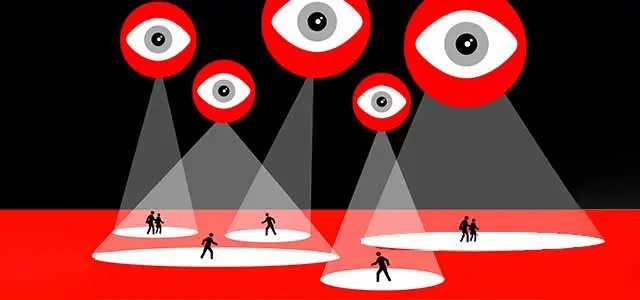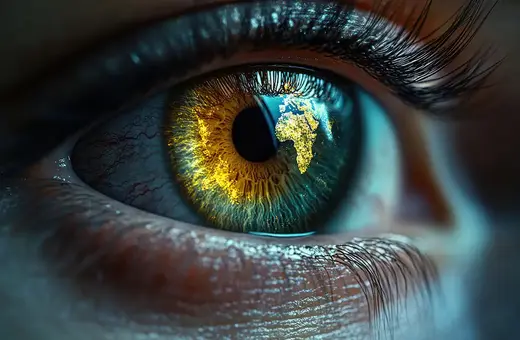Data is vital in trying to understand the crisis unfolding around us. But the data we have during the Covid-19 pandemic is incomplete and confusing. We need clearly explained, accessible data.
During the pandemic, the population is having to use complex data to understand what is happening around them, and how to adapt their behaviour. Flattening the curve is about numbers, so accurate and carefully reported data is crucial for us all.
However, the way Covid-19 is being measured and reported is problematic. The main numbers, which have become daily headlines, are the number of infections and the number of deaths. From this we measure the progress of the virus, and inform our response to it.
In this forest of numbers, it is increasingly hard to tell what is going on, which suggests the numbers are neither being gathered nor reported well. The media, even the BBC, evolved their reporting from talking about ‘total deaths’ to ‘total confirmed deaths,’ to reporting more accurately that the Department of Health statistic they are using is actually the number of ‘confirmed hospital deaths.’ Only recently have we, the public, discovered that the nightly number of deaths on the news did not include deaths in the community, or in care homes. In other European countries, around half of recorded deaths have been in care homes, suggesting that the UK death rate is far higher than is being reported.
It is clear that the 20,000 deaths in the UK that the media has reported as a milestone is a serious underestimate of how many people this virus has killed. Yet it is still reported, still forms a catchy headline. For anyone just skimming the news, they would think that 20,000 people have died in the UK.
Accurate presentation of this data matters because it informs people’s behaviour.
Not only is the number wrong, but the timing is out. When the news talks about how many deaths were reported today, they are actually reporting the total number of people who died in hospital, and were tested, up to 5 or so days ago, because the deaths take time to process into the system. That is very different to how many people actually died in the last 24 hours, and means that the situation now could be far worse, or much better, than the number used suggests it is today.
As well as misleading information around mortality, the reported infection rates are confusing. Research has suggested that as many as 50-70% of people who get Covid-19 don’t display symptoms, so they would rarely be tested. It is clear that a majority of people who have been infected have not been tested, given both that only a minority of people become so ill that they end up in hospital, and given the general limitations on testing in the UK.
In reality, the daily tally of people who have tested positive for Covid-19 around the world represents a measure of the number of available test kits, within social infrastructures that can deploy them, and varying policies about who gets tested. If over 2 million people have tested positive for the virus globally, there must be many, many millions more people who have had it mildly, with no symptoms, in countries with very few test kits, or with limited infrastructure. It would help, moving forward, if scientists were more willing to go out on a limb and match confirmed infection numbers with their own informed estimates of how widespread this disease might actually be.
SUGGESTED VIEWING The War Against Reality With Peter Pomerantsev
















Join the conversation